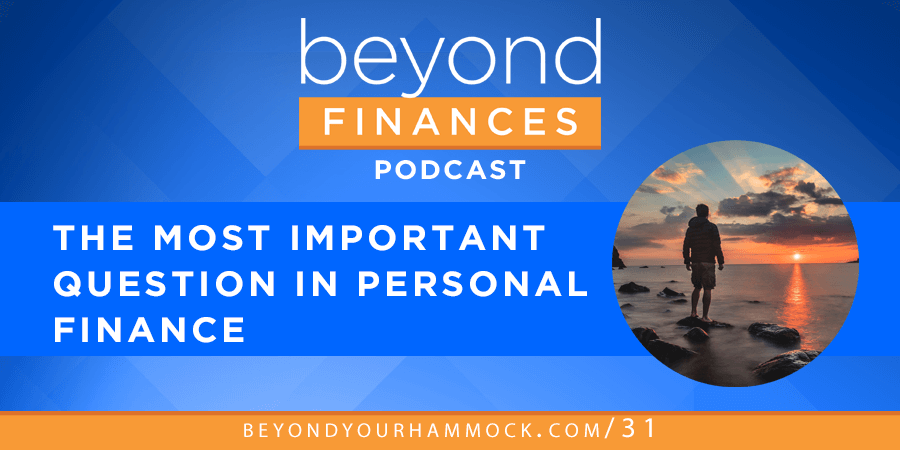It’s extremely simple in theory — but could require a lifetime of experience to answer:
What is enough?
We are all for saving money — like, a lot of money. A few episodes back we talked about saving over 40% of gross income, in fact.
But that doesn’t mean we’re frugal. In fact, financial advice that promotes the idea that frugality is the ONLY path to wealth (through spending less so you can save more) is really frustrating.
Here’s why: There’s a difference between being frugal and strategically managing and controlling your cash flow.
Frugality puts the focus on scarcity and staying small (“this is all I have so I must avoid spending and place limits on my budget”) versus other financial operating systems that are more about abundance and proactive problem solving (“I am open to opportunities and willing to act when I get the chance; if I believe I can earn more, what are the actions I need to take to get there?”).
Life is not about hoarding all your money to see who dies with the biggest pile of it. Money is a tool and meant to be used, so the question is not “how much can I possibly save,” but “how can I get the highest and best use of the resources I have to align the life I live with what I value?”
The biggest challenge lies in striking a balance between living well today (and using your money to accomplish that aim) and planning responsibly for tomorrow (which means saving your money to ensure future financial security).
Knowing what “enough” is helps us overcome the challenge of maintaining that delicate balance. What is enough to reach your goals? What is enough to experience your life along the way?
If you know what “enough” is, then you know how to balance your need to save and invest for your future with the reality that you live your life day by day.
Your money is a tool that can be used to achieve BOTH purposes. We explain more in this episode, and also discuss:
- Why frugality isn’t an effective operating system forever
- How your mindset impacts your ability to financially plan for success
- The importance of actually testing ideas, goals, and dreams out and experiencing as much as possible to better understand what you actually want in the future
And more, including how to establish what “enough” is for you.
Jump into the episode here:
Further Reading & Resources Mentioned in the Show
- For a strategy you can use to actually strike a balance between saving enough for tomorrow and using your money to enjoy life today, throw it back to our very first podcast episode.
- You can also get a framework for saving “enough” by checking out our piece of Forbes for how to save 30-40% of your income. If you prefer to listen instead, here’s the accompanying podcast episode on this topic.
- Feeling like all this is telling you to spendspendspend? Not so fast. Check out this article from Collaborative Fund; it makes great points about the importance of saving and investing. (What it does not answer is, “if we need to defer the use of our money into some distant future… when, precisely is it okay to start spending?”)
Want More from the Podcast — and Your Hosts? Here’s How to Connect
We’d love to connect with you and continue the conversation!
Follow Eric @BeyondFinances on Twitter and Instagram
Follow Kali @KaliRoberge on Twitter and Instagram
If you have questions or comments, send us an email at team@beyondyourhammock.com.
You can even chat with Eric about becoming a financial planning client at BYH by clicking here.
And of course, we’d love to hear what you think. Share your feedback by leaving your review on iTunes. It means a lot.
